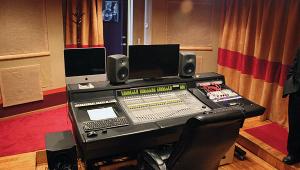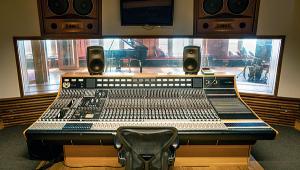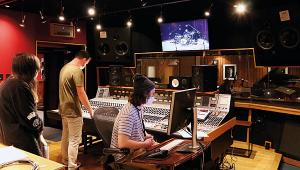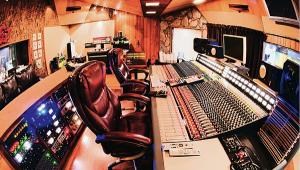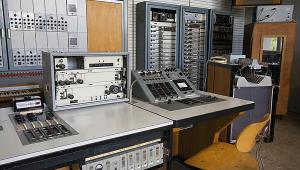Quonset Hut Studio

Crazy? You want crazy? OK, let’s pop into Tootsie’s Orchid Lounge for a snifter. See that guy over there in the corner, nursing the same warm beer he’s been sipping for the past hour or so? Well, that’s Willie Nelson, a wannabe songwriter who’s been kicking around Nashville of late getting pretty much nowhere beyond a police record for drunk driving without a licence. He’s got a wife and three kids to feed back home and the money ain’t so good.
Now, see that other guy who’s just joining him now? That’s Charlie Dick, a linotype setter for a local newspaper. The two men get to talking and Nelson plays him a song on the jukebox. Dick likes it. The track is a demo Nelson has made of one of his songs and Dick just happens to be married to Patsy Cline, a famous and extremely talented singer of County & Western hits. Beer follows beer and Dick decides his wife should record this song he’s just heard. The two men leave and Dick drives them to the marital home. It’s way past midnight now so Willie stays in the car while Dick goes inside and persuades his wife to listen to the song. She loves it, Nelson is invited in and the rest is history, albeit with a hitch or two.
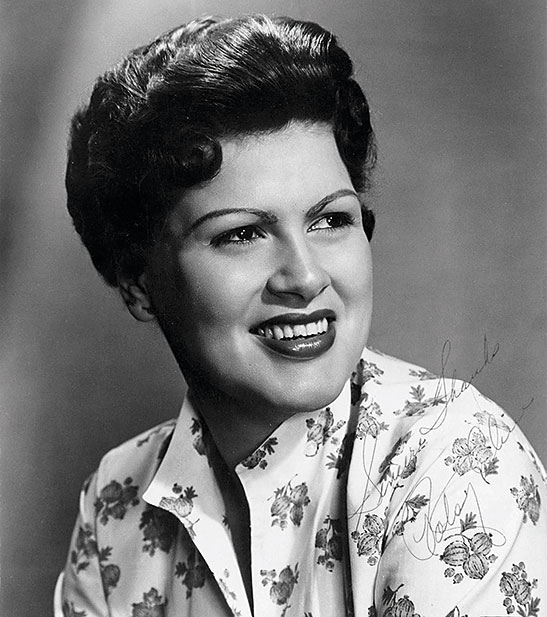
Patsy Cline in a Decca publicity shot from 1960
Bronco Beats
The recording session on the 21st of August 1961 is cut short by the producer after four hours because Cline has recently been in a car crash and her bruised ribs are giving her so much pain, she can’t hit the required notes. Three weeks later, on the 15th of September, she has another crack at it and nails it beautifully in the first take.
The song, by the way, is ‘Crazy’, and it goes Top 10 on the pop charts. The producer is Owen Bradley, the studio the Quonset Hut and Cline’s on her way to the big time, though a plane crash on the journey back from a gig on the 5th of March 1963 puts paid to that.
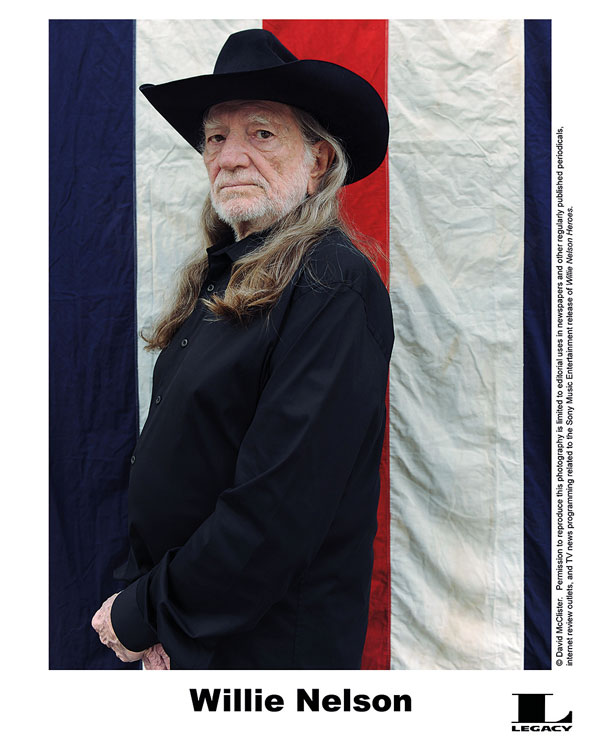
Willie Nelson in 2015
OK, you want real crazy? Right, take a listen to this. It’s a song called ‘Don’t Go Near The Indians’ by Rex Allen, who’s one of those singing cowboy-type fellows, a kind of sub-Roy Rogers who’s starring in loads of TV shows and Westerns. He’s a regular at the Hut and this is one of his hits, recorded in 1964.
Through The Floor
Basically, it’s about a lad who falls in love with a native American lass and plans to ask her pa, the Big Chief, for her hand in marriage. But then his father tells him that, back when he was knee-high to a grasshopper, the white man and the ‘Indians’ were at war and one brutal brave grabbed the dad’s little son and scalped him.
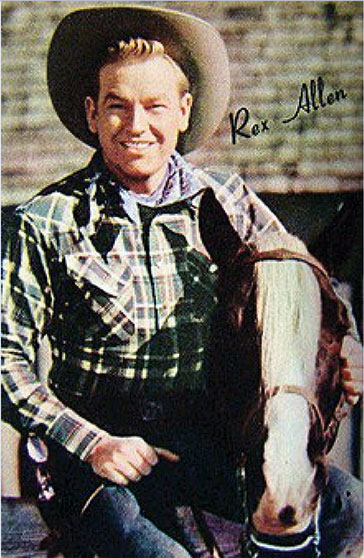
Actor and singer Rex Allen with his horse ‘Koko’ in 1952
Dad took revenge by kidnapping an ‘Indian’ boy and raised him as his own. That boy, it turns out, is our lovestruck hero and the lass he’s enamoured of is, alas, his sister! Honestly, you couldn’t make it up… except they did! Ol’ Rex, by the way, eventually bought the farm in December 1999. He had a heart attack in his driveway and his carer accidentally drove over him.
OK, here’s the low-down: Nashville local Owen Bradley, a talented pianist, arranger and musical director for WSM radio, jumped ship to Decca in 1947, working as an assistant producer with such artists as Red Foley and Ernest Tubb. Along with his brother Harold, he opened a film studio in 1951 and three years later he relocated the enterprise to a boarding house at Nashville’s 804 16th Avenue South and turned it into a recording facility.
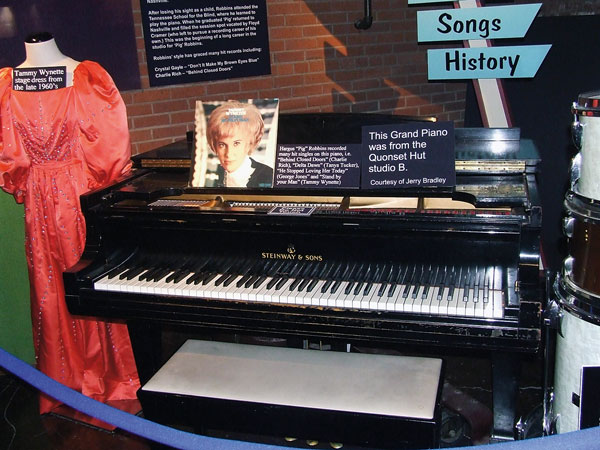
The piano from the Quonset Hut at the Country Music Hall of Fame and Museum along with one of Tammy Wynette’s stage dresses from the ’60s
It started out as Music City Recordings but had changed it’s name to Bradley’s Film & Recording Studio by 1957/58. To create as big a recording space as possible, the Bradleys took out the first floor so it went straight down into the basement, but success came so quickly that they couldn’t cope, and looking to expand, they bought an old Army Quonset hut for $7800, and attached it to the back of the house. A Quonset, by the way, is like a Nissen hut – a lightweight prefabricated structure of corrugated galvanised steel with a semi-cylindrical cross-section. This became a second studio.
By now Bradley was vice president of Decca’s Nashville Division and he began pioneering what soon became known as the Nashville Sound, incorporating orchestration and pop techniques into country music using a crew of hand-picked musicians known collectively as The A-Team.






